Plastic items like household ware are being produced in large amounts by manufacturers in Mumbai India. Massive capital infusions into the Indian plastics industry are expected to boost output. The question is, where and how is plastic made? The manufacture of phenolics in India began in 1947, and the country produced its first thermoplastic (polystyrene) in 1957. (PlastIndia, 2019).
Plastics manufacturing in India hit 170 lakh tons in the fiscal year 2018-19. (PlastIndia, 2019). According to the same estimate, the market size in 2018-19 was roughly INR 5.1 lakh crore, with approximately 4000 converting units. The amount of plastic manufactured has increased dramatically during the last few decades.

Because of all of these factors, it is critical to understand the sophisticated organization and structure of India’s plastics sector in order to evaluate the current state of affairs and appreciate future predictions and financing. This article provides an outline of the stages involved in the production and processing of plastics in India, as well as a look at the country’s plastics business landscape.
Plastic household products wholesale in Mumbai
Like many other large cities, Mumbai has several plastic items and products wholesales in Mumbai. Now let’s get more familiar plastic manufacturing process. With Materials such as crude oil, natural gas, coal, cellulose, and salt are used in the manufacturing process of plastics. The earth is then excavated in order to retrieve the raw elements (mostly outside India).
In refineries, the crude oil is processed through distillation (such as the ones belonging to Reliance Industries in Gujarat). During this step, the heavier components, such as naphtha, are separated from the lighter ones. Following this step, the lighter olefin vapors are transformed into a wide variety of polymers or plastics, which are then formed into little pellets and manufactured.
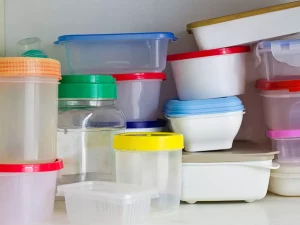
These plastic pellets are then packaged and shipped to the several facilities that are a part of the plastics processing industry. Once there, they are melted, molded, and remolded into a variety of plastic things that will ultimately be used. Grasp where plastics are made can be facilitated by first gaining an understanding of how plastics are manufactured.
Because of the convenience of having quicker access to raw materials, the majority of plastic production units are situated in close proximity to petrochemical installations. The following picture provides a map of important plastic manufacturing plants that may be found in India.
Plastic household products manufacturers in Kolkata
Kolkata is an industrial city in India. There are couple of manufacturers located in this city producing plastic products like household items. The Indian plastics sector is comprised of over 30,000 processing units and 2,000 exporters, and it is responsible for the employment of approximately 40 lakh individuals.
The Indian Brand Equity Foundation (IBEF), which is part of the government of the union, estimates that between 85 and 90 percent of the processing units are classified as small and medium-sized firms (May 2021). According to the documents that outline Indian government policy, a “plastic industry enterprise” is defined as “industrial units engaged in the fabrication of plastic products/items/articles by employing plastic as raw materials.”
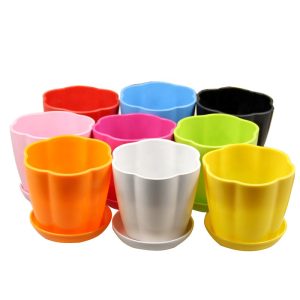
Plastic material refers to organic polymers with a high molecular mass that are derived from petrochemicals. Examples of plastic material include polyolefin (LLDPE, LDPE, HDPE, PP), PVC, nylon, polyesters, polystyrene, polycarbonate, polyamide (nylon 6, nylon 66), and other similar materials. The Union Government’s Department of Chemicals and Petrochemicals is in charge of both plastics and petrochemicals.
This department is part of the Ministry of Chemicals and Fertilizers (DCPC). The presence of a large number of micro, small, and medium-sized enterprises (MSMEs) as well as the fragmented character of the huge plastics industry, which is in desperate need of technological upgradation, is repeatedly brought up in government records and policy documents.
It would appear that the position taken by the government is to take advantage of economies of scale by developing clusters in order to increase output and add to exports, so making a contribution to the Indian economy and to the creation of employment opportunities.
Plastic household products manufacturers in Indore
Indore a city located in the west-central part of India has been active as plastic products like household ware producers and manufacturers of plastic ware for some time now. The image of a wide and fragmented industry populated by numerous MSMEs presented in official government publications appears to contradict the PlastIndia Foundation’s representation of a few significant manufacturers in the plastic industry and their enormous contribution to overall plastics output in India.
According to British Plastics Federation estimates from 2011, Reliance Industries met 75-80 percent of Polypropylene demand in India, while the remaining 20 percent came from four government-run companies—IOCL, Haldia Petrochemicals, BPCL, and Gas Authority of India Ltd.
(GAIL). Domestic manufacturers met just about half of the large and growing demand for PVC in the building industry in 2011. The top three suppliers were Reliance, Chemplast, and Finoflex (the latter two accounting for about 5% of the market) (BPF, 2011).

Production is dominated by 15 polymer producers and 200 equipment manufacturers, while 30,000 plastics processing units, 4,000 disorganized and 3,000 organized units recycle plastic (FICCI and TSMG, 2017, page 10).
Local and regional plastic manufacturers groups encourage plastic production, manufacturing, and processing units and work with governments to determine policy. Along with these are regional trade and industry organizations that communicate with governments and influence decisions across sectors, such as FICCI, ASSOCHAM, and CII (CII).
(3) The Central Institute of Petrochemicals engineering and Technology (CIPET), an autonomous institution under the GOI’s DCPC, addresses the manpower needs of the plastics and related industries. The CIPET provides long-term training and vocational courses in Plastics Processing/Injection Moulding/Extrusion/Tool Room and Design, as well as technical and consultancy services.
Plastic household products manufacturers in Bangalore
By growing the Indian plastic industry and household production, plastic manufacturers and products in Bangalore have been growing as well. The global plastic industry grew at a compound annual growth rate of 3.5 percent between 2010 and 2019 and is expected to grow at a CAGR of 3.4 percent between 2021 and 2028.
According to estimates, India’s plastic industry will grow at a CAGR of 10% in volume in 2015, with production in 2010 at 8.3 MMTPA and 13.4 MMTPA in 2015. In the fiscal year 2021, India exported approximately USD 3.26 billion in plastic raw materials (IBEF, GOI). According to estimates, the plastics industry’s market size in 2025 will grow at an 8 to 10% CAGR in 2025.
By 2025, the Indian Chemicals and Petrochemicals industry, which includes plastics, is expected to attract investments worth Rs. 8, 00,000 crore (FICCI press release May 2021). The Plastindia Foundation, a network of plastics-related associations, organizations, and institutions, emphasizes the link between GDP and polymer consumption.
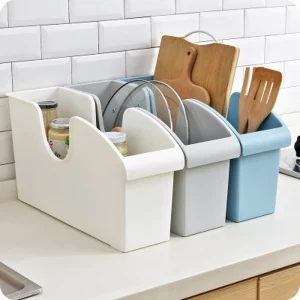
Indian plastics industry grew at one of the fastest rates in the world in 2011, with plastics consumption increasing at a rate of 16 percent per year (compared to 10 percent in China and 2.5 percent in the UK) (British Plastics Federation, 2011). Plastics have been dubbed the “new coal” (Beyond Plastics, October 2021), and the industry is expected to grow.
According to Tata Strategic Analysis, India was the world’s largest manufacturer of lami tubes and BOPP (Biaxially oriented polypropylene) tubes in 2018-19, as well as the world’s largest Rotomolded tank market. India is the world’s sole producer of PBI (Polybensemidazole), the second-largest exporter of FIBC (flexible intermediate bulk container) bags, and the fifth-largest producer of PP (Polypropylene). These plastics are used in a variety of industries, particularly packaging and transportation.
Plastic household products manufacturers in Kanpur
Kanpur city with the population of more than 2.9 million, has manufacturers and producers of household plastic ware. The thermoset and thermoplastic polymers are the two major classes. Thermosets are irreversibly hardened by cooling. Burns and chemical changes occur when plastics are heated and remolded. Everyday things contain thermoplastics.
There are both commodity and engineering thermoplastics. Every day, single-use and commodity plastics are utilized (SUP). This research will concentrate on these polymers since they are the most dangerous. The use of plastics in India is unknown.
In 2018, India’s per capita consumption of plastic products was 13.6 kg, compared to the global average of 30 kg, whereas Brazil, China, and the United States consumed 31, 56, and 108 kg, respectively. India’s use of plastic differs by region. In 2013, Western India utilized half of India’s plastics.

According to estimates, 60% of plastic waste is recycled.’ India recycled 60% of its 5.6 million metric tons of plastic garbage in 2016. (Doron, 2018, p. 289). (5). According to PlastIndia, 100 organized and 10,000 unorganized units would recycle 70% of plastic in 2019. The genesis of the plastics industry (Plastivision), according to the Center for Science and Environment, is unknown.
The CPB’s data source and sample for measuring plastic garbage output are being questioned by civil society. CPCB’s plastics and garbage estimates are determined by population. In 2018-19, India produced 3,360,043 tons of plastic.
(2016 CSE, Central Pollution Control Board Annual Report 2018-19 on Plastic Waste Management). The Indian government considers burning plastic in cement kilns, incinerators, and waste-to-energy plants to be recycling. The actual recycled plastic content is most likely lower. In 2018, India’s recycling rate was 30%.
Plastic household manufacturer in Mumbai
Many Mumbai citizens are using household plastic products that manufacturers in this city are being produced. In India, the plastics sector has constantly expanded, increasing the volume and variety of plastic produced. The nature of the plastics business serves as a backdrop for understanding the policy framework that controls the future of plastics in India, which is aimed at increasing plastics exports.
The current political economy is structured to increase plastic production, linking plastic use with necessity, development, and convenience in popular culture, even as environmentalists capture the extent of plastic inundation and it’s concerning impacts on climate, environment, and health throughout its lifecycle. In this view, it is vital to integrate the discussion of the harms of plastic waste and pollution with the discussion of the plastics industry’s growth ambitions in order to work out a sustainable path ahead.
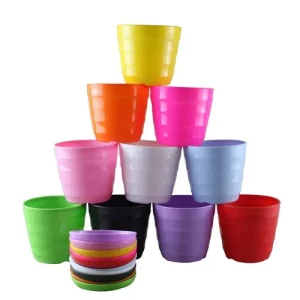
BOPP films are used in food packaging and have taken the place of cellophane in snack packaging. Lamitubes, also known as laminated squeeze tubes, are a type of tube material with barrier qualities similar to metal. Water, construction materials, and chemicals are all stored in rotomolded tanks.
They can be used for irrigation, rainwater gathering, and other purposes. PBI is a very stable material that is used to make high-performance protective garments such as fireman gear, welder’s gear, astronaut space suits, and high-temperature protection gloves.
FIBC bags are super sacks or giant bulk bags composed of flexible fabric that is used for the storage and transportation of dry flowable materials such as sand, fertilizer, and plastic granules. Many industries, including the automobile industry, use PP for packaging and consumer items. Plastic packaging, plastic parts such as hinges for equipment, fibers, and textiles are only a few of the various applications for PP.


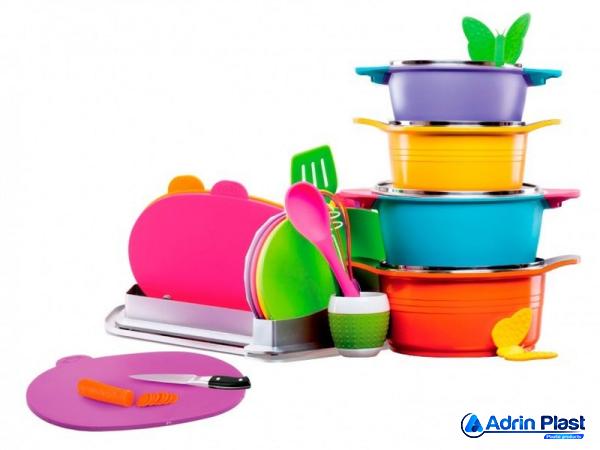
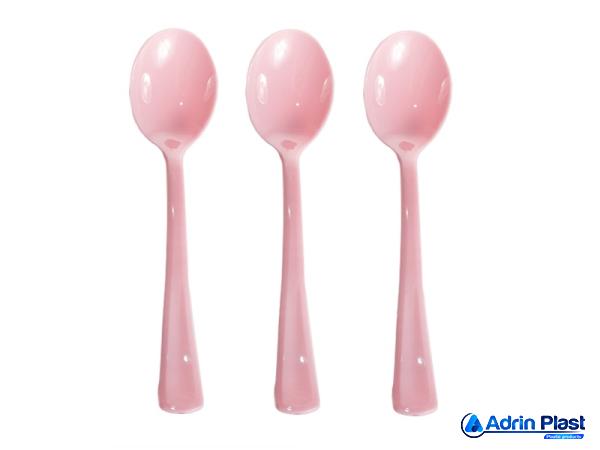
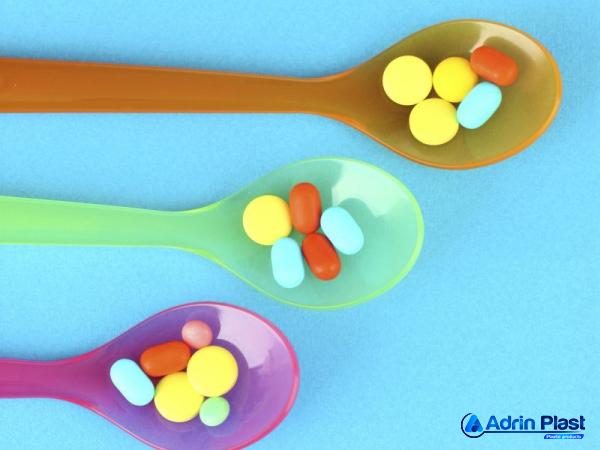
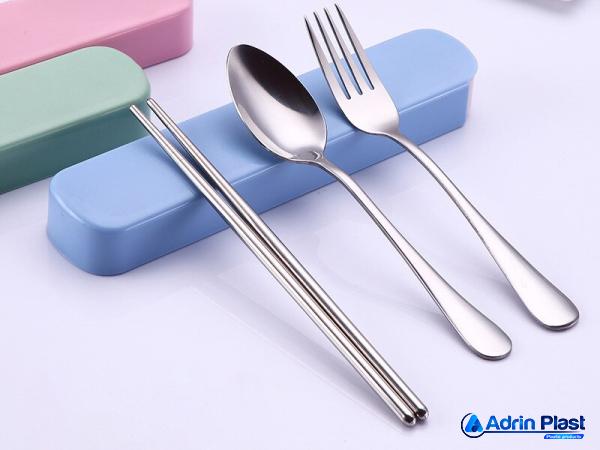
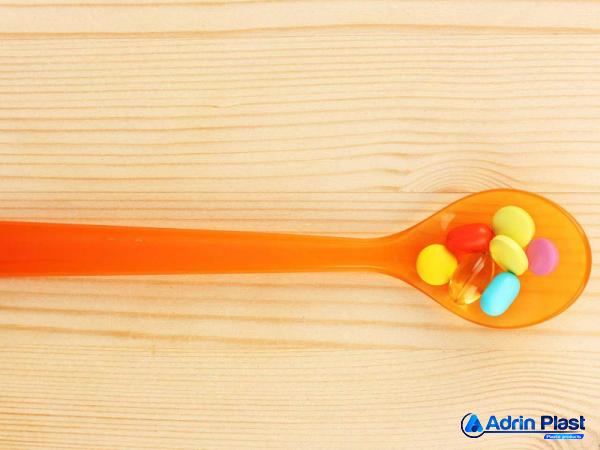
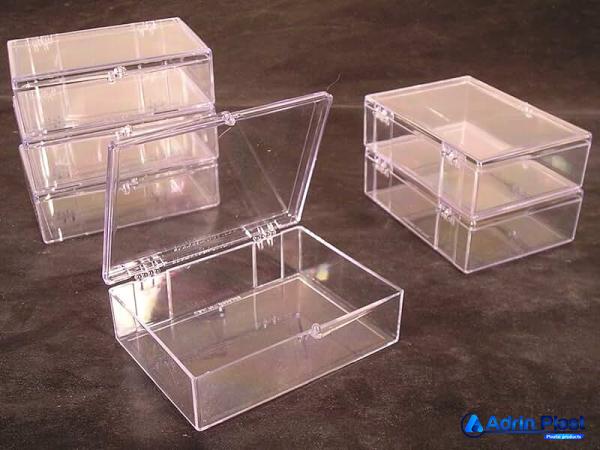
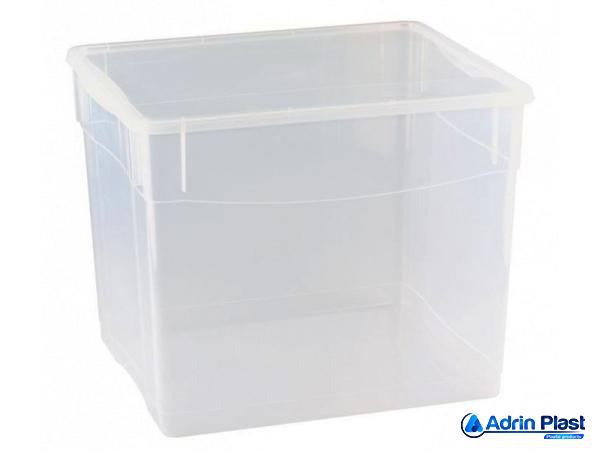
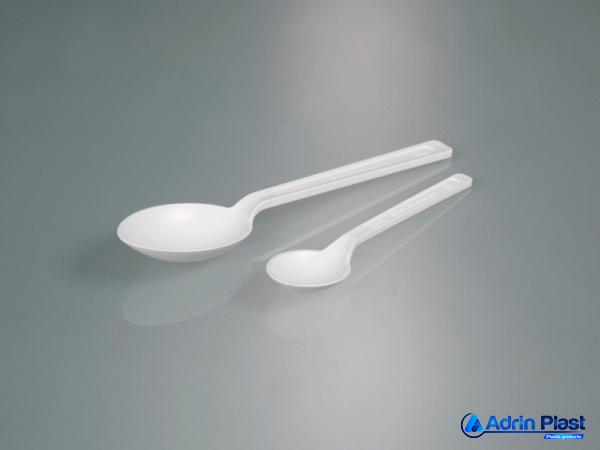
Your comment submitted.